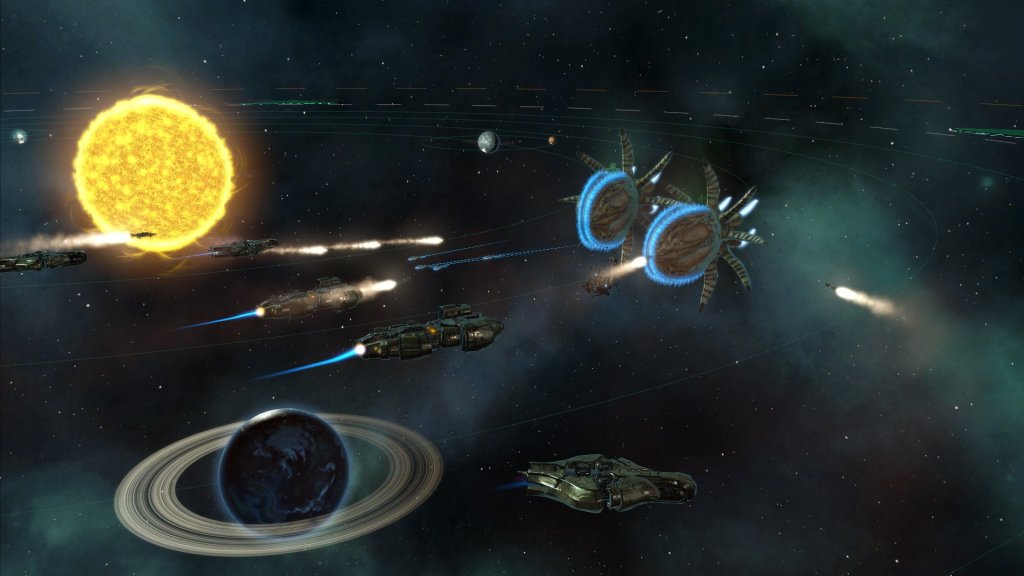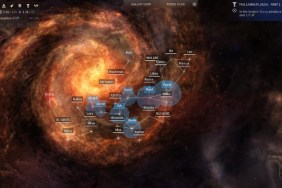Stellaris will have been out for a year on May 9, 2016, and, like any 4X Grand Strategy game, it's undergone a fair bit of drastic changes over these last 11 months. In fact, many people say a good 4X game takes about a year to sort of "figure things out."
I'm in a unique situation because I played Stellaris a ton in the early goings, include the first couple major patches. But, for one reason or another, my hours fell off. Going back to Stellaris to review its first major expansion Utopia, I felt like I was playing a completely different game.
Here's how Stellaris has changed the most over the last year (I won't be including any changes from premium DLC updates – only the free patches).
Patch 1.1 – Clark Update
Release Date: June 1, 2016
Biggest Change: Sector's Now Control Their Spaceports
Just in case you're reading this as a first-time player, Stellaris limits the amount of systems the player can directly control. This is called your Core Sector Systems. No one is sure exactly why they do this, but they do. Any system over that limit will need to be put into an A.I.-controlled "Sector," where the surface of the planet is controlled by the A.I.
But that changed in Patch 1.1, and it was an easy change to gloss over, but it had huge ramifications for the quality of your empire, specifically its economy. All the patch note said was "Fixed budget issues that were preventing sectors from properly managing spaceports and construction ships." It was almost sounded like a bug fix.
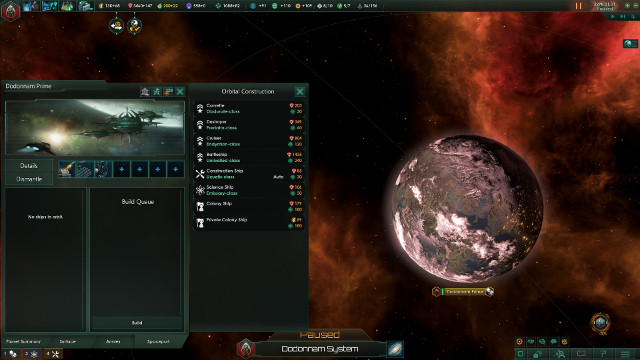
What this meant, practically, though, is that the A.I. of Sectors now also control the spaceports of their systems. This change actually made me stop playing for a long time, because they were very bad at it. They would build completely unnecessary modules that racked up huge monthly maintenance costs for which you would have to foot the bill, decimating your economy.
The Sector A.I. has been adjusted in more recent patches to make them only build modules that produce goods, rather than spend them, but the important takeaway is the same: Sector A.I. now controls Spaceports.
Patch 1.2 – Asimov Update
Release Date: June 27, 2016
Biggest Change: Core Sector "Systems"
Now, I said Core Sector "Systems" in the last entry, but, at that time, they were actually Core Sector "planets," which meant that, if there were two habitable planets in one system that you controlled, each of them would count toward your Core Sector limit if you chose to colonize them.
Patch 1.2, graciously, I might add, changed that to "Systems." This means that each system with colonized planets would only count as one toward your core. This allows you to, if you get lucky enough to find a mult-habitable-planet System, build your economy much more rapidly without worry of getting stuck in your borders with no hope of expansion.
Patch 1.3 – Heinlein Update
Release Date: October 20, 2016
Biggest Change (1): Roles For Ships (Ghost Corvette Nerf)
Biggest Change (2): Strategic Resources Rework
Corvettes had been the bane of Stellaris' existence since launch. At launch, there was very little reason to have any other ship besides a maxed-out army of Corvettes. They had a quick change in Patch 1.1 with a nerf of the tiny ships and a buff to the other ships that made them easier to kill them, but this didn't fully solve the problem.
Paradox said it best themselves in a Developer Diary for the patch. "[T]here is basically no difference in what type of weapons can be mounted on what type of hull, meaning that there is no actual reason to use a proper mix of ship types." That meant that, whether or not it was Corvettes or Destroyers or whatever, they needed to make the ships act differently.
Thus, they created mental roles for each type of ship, and balanced them around it, adding different types of weapons that only certain ships can take advantage of. Now you need a true variety.
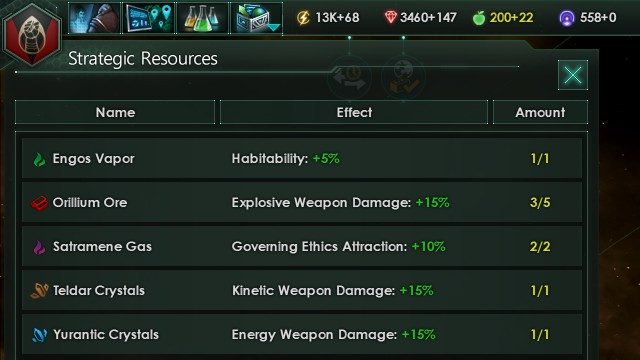
The other big change of this patch was the rework to Strategic Resources. Beyond simply minerals and energy credits, you had a wide variety of resources that did, honestly, god knows what. They were difficult to find and too complicated to use them once you did find them.
To simplify things, they made certain strategic resources, such as Betharian Stone, appear only on Planet Surfaces, making it clear that they were meant for surface buildings. Everything else, which would normally be used by Spaceports, simply give your empire a flat bonus to either a military or scientific end. This made them much easier to understand and much easier to exploit once you got them.
Patch 1.5 – Banks Update
Release Date: April 6, 2017
Biggest Change: Faction Rework
So Factions in Stellaris were something of a disaster. Easily the worst-executed feature in Paradox's 4X game, Factions would pop up on certain planets and they would have really only two possible ideals: they were either anarchists or they were separatists who wanted to take the planet for themselves. You would then have to use whatever spare Influence you had to suppress those factions. It was a lazily designed resource vacuum that wasn't at all representative of running a real government.
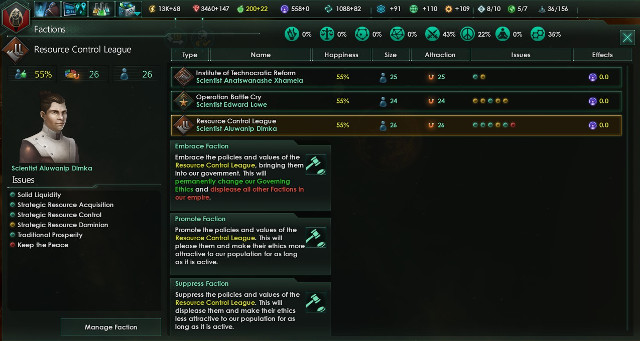
Factions in post-1.5 Stellaris are fantastic. When factions pop up, they're now a reasoned group who want the government to work, but they want it to work how they want it. You may run into a scientific-minded Faction who urges the government to explore more, hold more resources and avoid war. Doing these things will earn their happiness which will, in turn, actually give you bonus Influence, if you can believe it.
Sure, they can be upset at you enough to want to cause trouble, but it's not their only goal. You're not constantly fighting off rebellion at every front, especially since these factions are Empire-wide, not planet specific.
